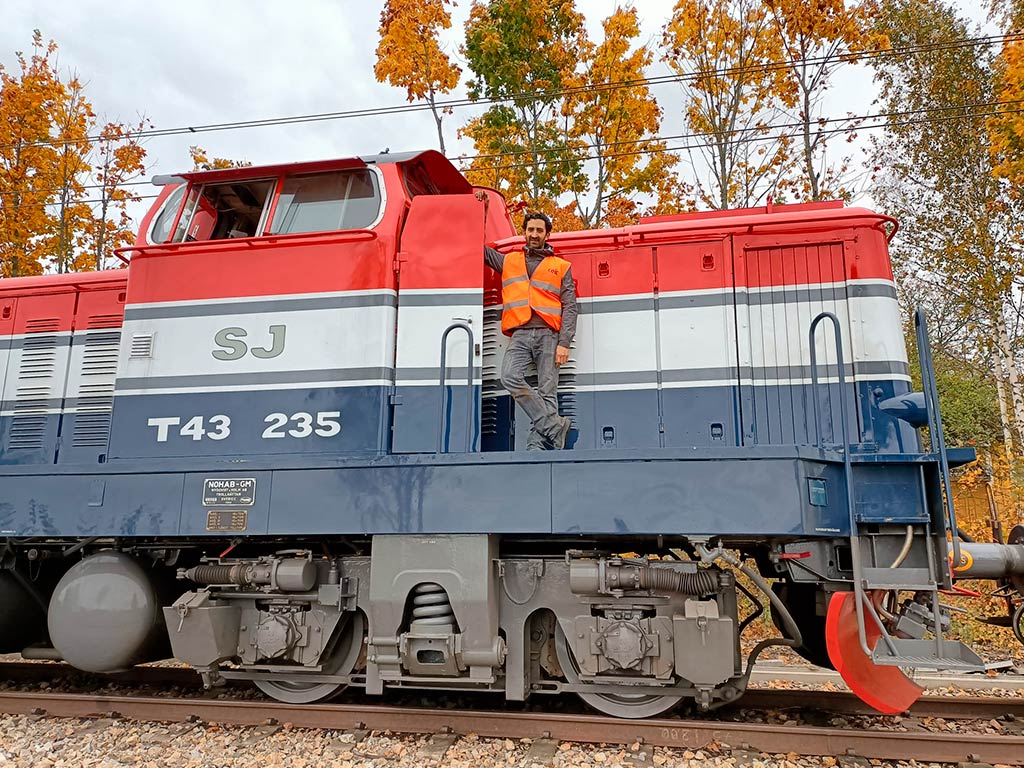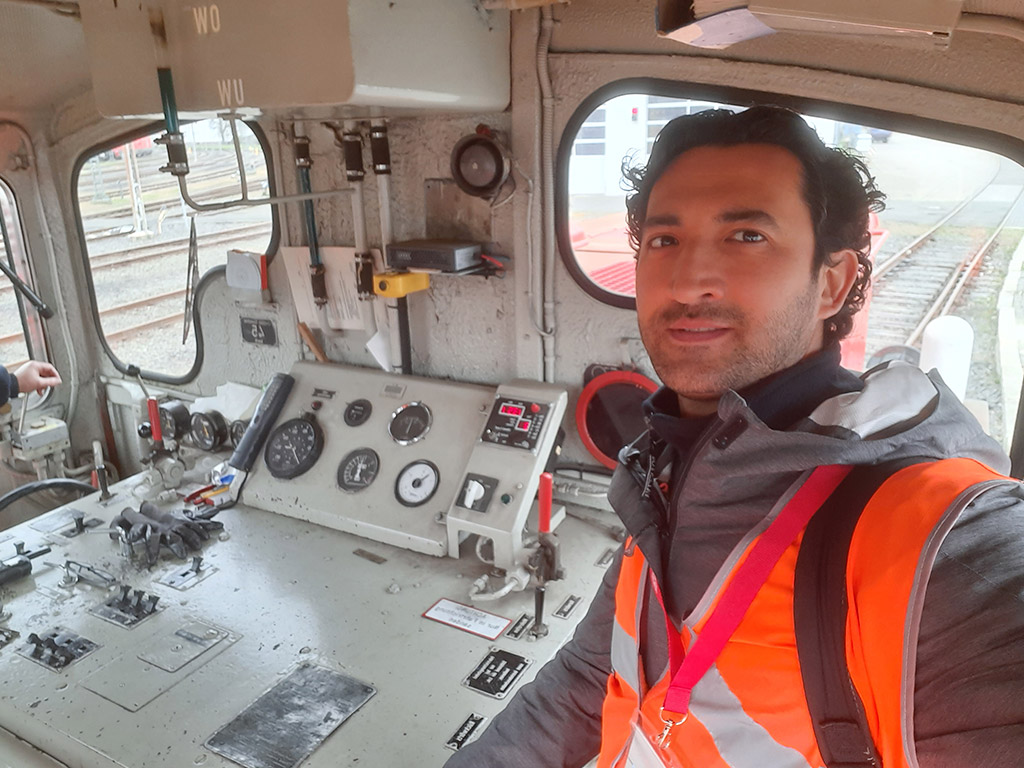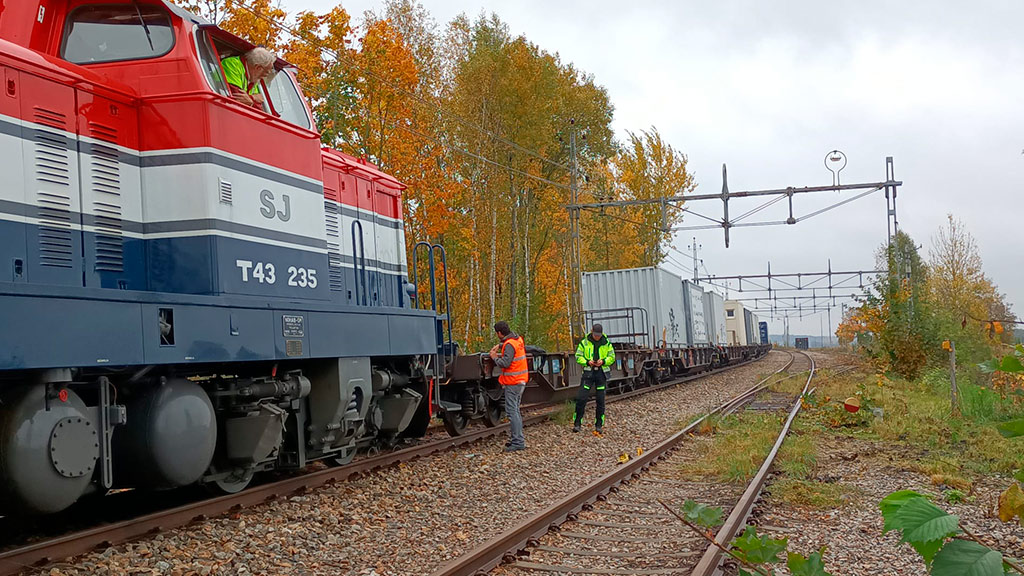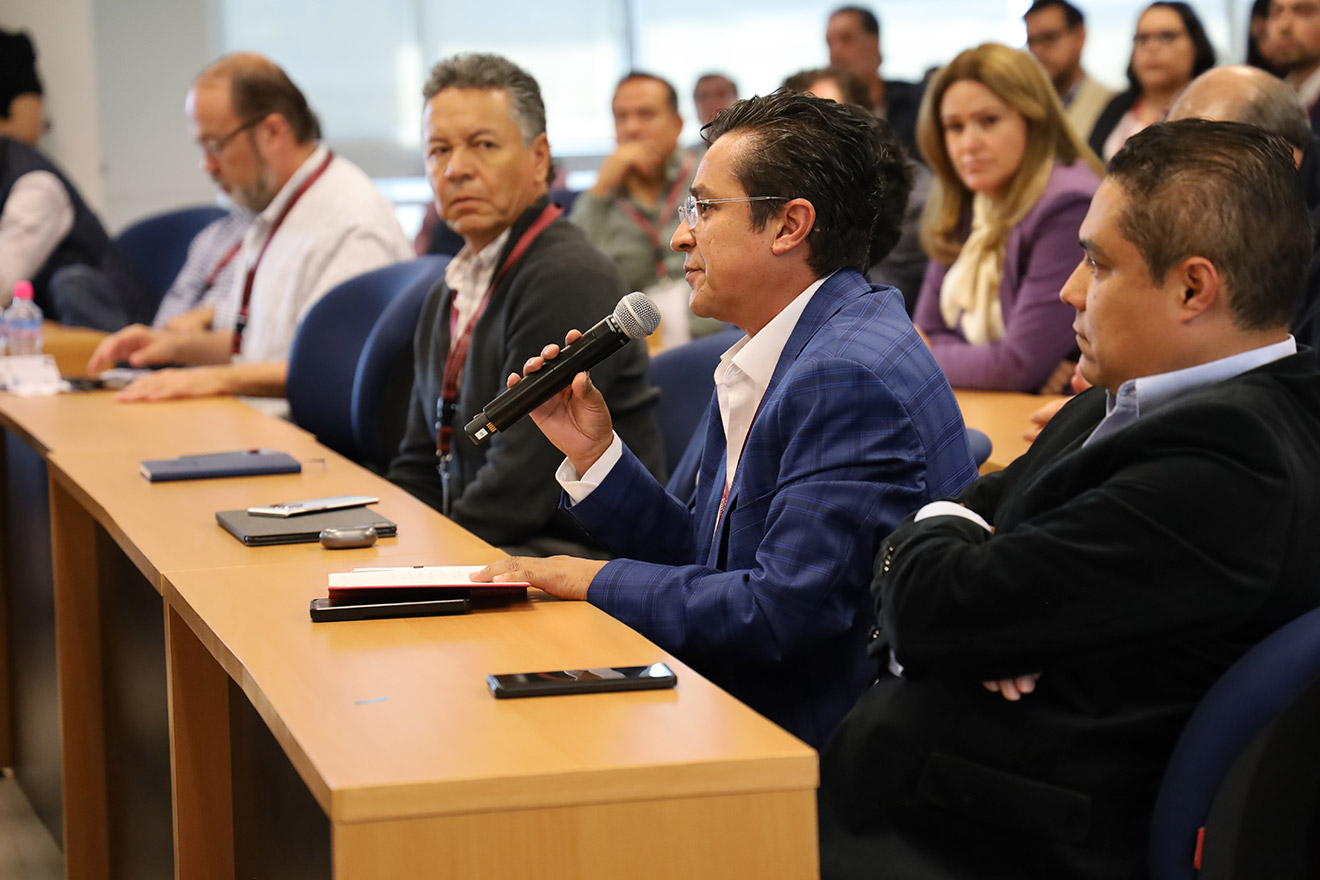In Europe, trains are fundamental for transporting passengers and goods. However, the European rail sector has faced several challenges in recent decades, such as lack of investment, low efficiency, lack of interoperability between networks and countries, competition with other modes of transport and the need to reduce emissions from greenhouse gases.
These problems have negatively impacted the sector’s competitiveness and have limited its ability to meet the European Union objectives in terms of sustainability, security and mobility.
In this context, the European Union created the Shift2Rail initiative with which it seeks to promote innovation and technological development, with the aim of making rail transport more attractive for passengers and freight operators, while at the same time contributing to a more sustainable and efficient transport system in Europe.

What is this project?
Shift2Rail has a subproject called “Innovation Program 5” (IP5), which focuses on the digitization and automation of freight trains. Digitization refers to the implementation of electronic systems for monitoring railway infrastructure, such as tracks, locomotives, wagons and even cargo.
The IP5 subproject is supported in part by the Center for Technical Studies and Research (CEIT for its initials in Spanish), which is the University of Navarra’s (Spain) technological research center, together with a group of top European companies in the sector.

My personal interest in embedded systems and applied research led me to work on this project within CEIT as part of the University of Navarra’s PhD program in Applied Engineering. My participation consisted in the development of an electronic monitoring system for freight train wagons.
The data collected is used to obtain information on the physical and wear conditions of said components, which could be used for the application of predictive maintenance.
Sensorization could also be used for other types of functions, such as understanding the application of train brakes and carrying out a quick brake test. The system developed was tested on freight trains in Sweden, Germany and Spain.

Project relevance
Having reliable and timely information on the status of these critical components is vital to improving rail system efficiency. In general, Shift2Rail’s IP5 subproject has a significant impact on the improvement of the rail sector in Europe: it fosters the sector’s increased efficiency, sustainability and competitiveness through process digitization and automation.
This translates into reduced transport costs, improved service quality and reducing the carbon footprint of freight transport.

My experience
In 2018, after 10 years working as a full-time professor within the School of Engineering at the Universidad Panamericana, Guadalajara campus, I was given the opportunity to continue my education and initiated doctoral studies in Applied Engineering at CEIT.
Now, in 2023, I will soon defend my thesis to continue my career as a research professor, specializing in embedded systems. This process would not have been possible without the invaluable support of the Universidad Panamericana Guadalajara campus, as well as CEIT in San Sebastián, Spain.
Author’s info
Dr. Roberto Carlos Ramírez Marquez
School of Engineering








